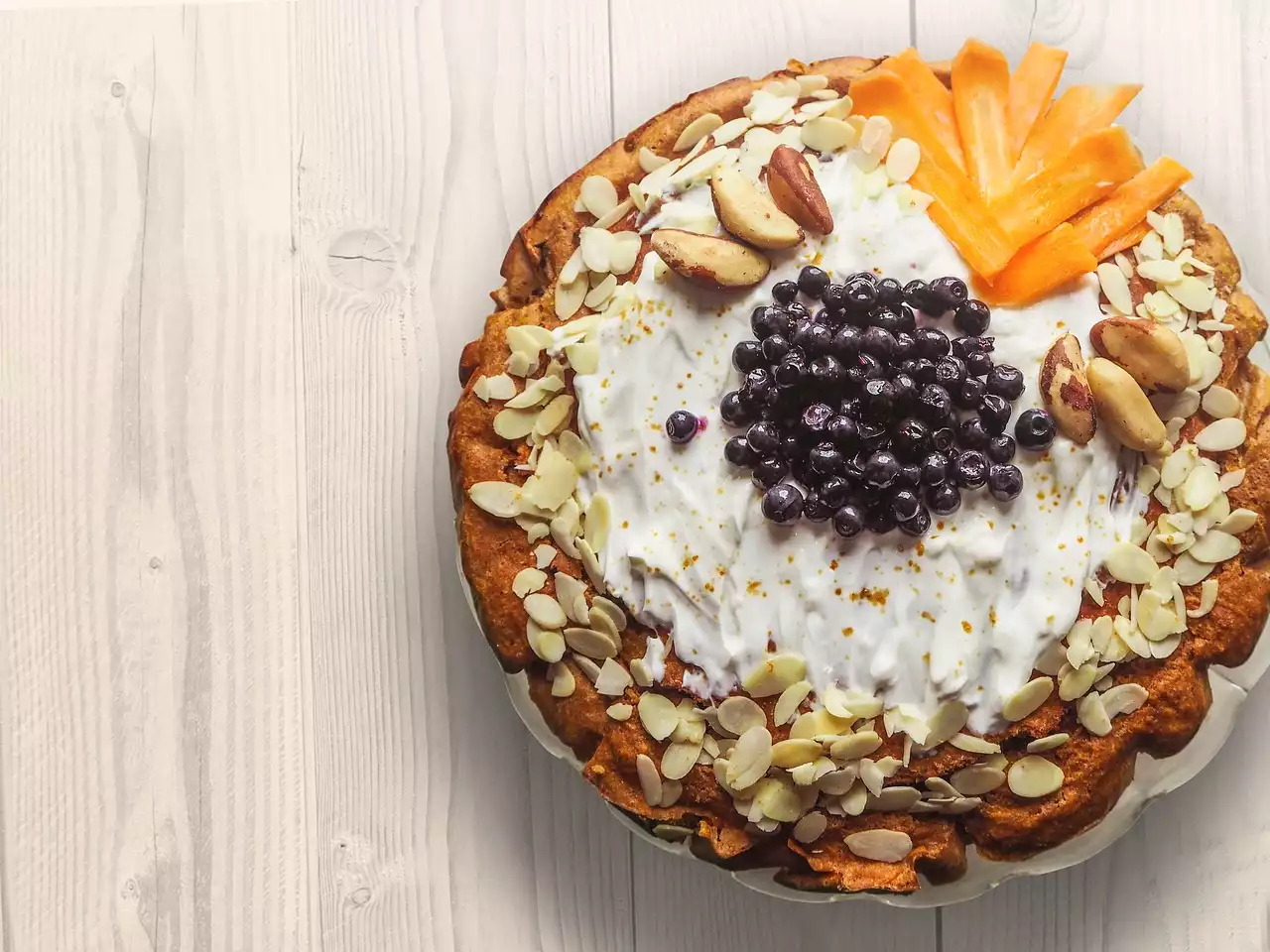Sourdough bread has exploded in popularity in recent years, and for good reason. Not only is it a delicious and versatile bread, but it's also a satisfying and rewarding experience to make at home. In this article, we'll walk you through the basics of sourdough, provide tips for perfecting your loaves, troubleshoot common issues, and even explore advanced techniques for the sourdough enthusiast. Whether you're a seasoned baker or a beginner, you're sure to learn something new in our comprehensive guide to mastering the art of sourdough.
The Basics of Sourdough
Sourdough is a type of bread that's made with a naturally occurring starter instead of commercial yeast. This starter is a mixture of flour and water that's been fermented over time, developing a community of wild yeasts and bacteria that will help to leaven the bread. The starter is then mixed with more flour and water to create a dough, which is left to ferment and rise before baking. To get started with sourdough, you'll need to create a starter and learn how to maintain it. Here are the key steps:
- Make a starter: Mix equal parts flour and water and let it sit at room temperature for a few days, stirring it regularly. The mixture will start to bubble and smell sour, indicating that the wild yeasts and bacteria are colonizing the mixture. You can then use this starter to make your first loaf of sourdough.
- Feed your starter: Once you've created your starter, you'll need to feed it regularly to keep it alive and active. To do this, discard most of the starter and feed the remaining portion with fresh flour and water. This will give the yeasts and bacteria new food to eat and help to maintain their population.
- Use your starter: When your starter is active and bubbly, it's ready to use in a loaf of bread. Mix it with flour, water, and salt to create a dough, and let it ferment and rise before baking.
Tips for Perfect Sourdough
Making perfect sourdough takes practice and patience, but there are some tips and techniques that can help you get there faster. Here are some key things to keep in mind:
- Hydration: The hydration level of your dough (the amount of water relative to flour) will have a big impact on the final product. Higher hydration doughs will produce more open, holey crumb, while lower hydration doughs will produce a denser crumb. Experiment with different hydration levels to find the texture and flavor you prefer.
- Gluten development: Sourdough doughs need to be well developed to hold their shape and rise properly. This means giving the dough enough time to rest and ferment, as well as using techniques like stretch-and-fold to develop the gluten.
- Fermentation: The length of time you let your dough ferment will also impact the final product. Longer fermentation times will produce a more sour flavor and a more open crumb, while shorter times will produce a milder flavor and a denser crumb. Again, experiment with different times to find your preferred flavor.
- Shaping and scoring: How you shape your dough and how you score it before baking can also have an impact on the final product. A tight, well-shaped loaf will hold its shape and rise better in the oven, while scoring the dough in a certain pattern can help control how it expands during baking.
- Baking: The final step in making perfect sourdough is the baking process. Preheating your oven and using the right equipment (like a Dutch oven) can help create a steamy environment that will produce a crispy, crackly crust. And of course, the length of time you bake the bread will also impact its flavor and texture.
Troubleshooting Common Issues
Even with the best techniques and ingredients, sourdough can be tricky to get just right. Here are some common issues that sourdough bakers face, and how to fix them:
Dough is too wet: If your dough is too wet and sticky to work with, try reducing the hydration level in your recipe or adding more flour.
Dough won't rise: If your dough isn't rising properly, it may be underdeveloped or not warm enough. Give it more time to rest and rise, or try increasing the temperature in your kitchen.
Dough is too sour: If your bread is coming out too sour, try shortening the fermentation time or reducing the amount of starter you use.
Advanced Techniques for Sourdough Enthusiasts
Once you've mastered the basics of sourdough, you can start exploring more advanced techniques to create unique and delicious loaves. Here are a few ideas to get you started:
Different flours: Experiment with using different types of flours (like rye or whole wheat) to create new flavors and textures.
Artistic designs: Use scoring techniques to create beautiful patterns and designs on the top of your loaf.
Flavors and ingredients: Add in extra ingredients (like nuts, seeds, or dried fruit) to create a custom flavor profile.
Frequently Asked Questions
Here are some common questions that people have when making sourdough bread:
1. How long does it take to make sourdough bread? Depending on the recipe and conditions, sourdough bread can take anywhere from 12-48 hours to make.
Can I make sourdough bread without a starter? No, sourdough bread requires a starter to leaven the bread naturally.
How do I know when my bread is done baking? Use a thermometer to check the internal temperature of the bread. It should be around 200-210 degrees Fahrenheit when it's fully baked.
Conclusion
Sourdough bread is a delicious and rewarding bread to make at home, and with the tips and techniques in this article, you'll be well on your way to mastering the art of sourdough. Remember to be patient, experiment with different techniques, and have fun along the way. With a little practice, you'll be baking perfect loaves in no time.





